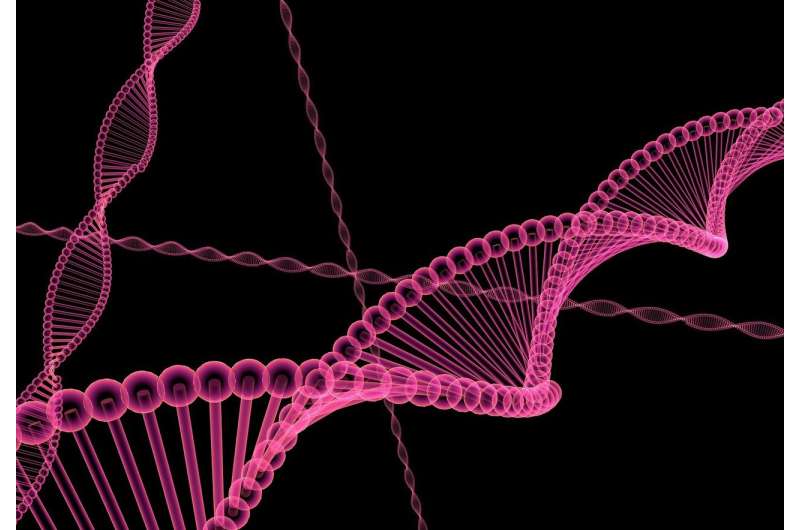New Insights into Neuroblastoma Resistance: The Role of Oncogene Location and Dormant Tumor Cells

Recent breakthroughs reveal how the placement of the MYCN oncogene on extrachromosomal DNA rings drives neuroblastoma cell dormancy and therapy resistance, opening new avenues for targeted treatments.
Neuroblastoma, a common and potentially aggressive childhood cancer, presents a complex challenge for treatment. Interestingly, in about half of all cases, tumors spontaneously regress without intervention, while the remaining cases often respond initially but tend to relapse within a couple of years. A key feature of the more aggressive neuroblastoma tumors is the amplification of the oncogene MYCN, which is associated with rapid tumor growth and resistance to therapy.
Recent research conducted by Dr. Jan Dörr and Professor Anton Henssen from the Experimental and Clinical Research Center (ECRC), a joint institute of Charité—Universitätsmedizin Berlin and the Max Delbrück Center, has shed light on the importance of the physical location of the MYCN gene in tumor behavior. Their findings, published in Cancer Discovery, reveal that when the MYCN oncogene is situated outside chromosomes—on extrachromosomal DNA rings—cancer cells tend to enter a dormant state, making them less susceptible to standard therapies.
This dormancy plays a critical role in therapy resistance. The research team developed a novel method to distinguish cells with numerous copies of MYCN from those with fewer copies. Experiments demonstrated that chemotherapy effectively kills cells with high MYCN content, but dormant cells with few copies survive and can later reactivate, potentially causing tumor relapse.
The study suggests a promising therapeutic approach: combining traditional chemotherapy with drugs that target dormant or senescent cells. In mouse models, this combined treatment significantly improved outcomes by eliminating both proliferating and sleeping tumor cells. However, this strategy is specific to tumors where the MYCN or other oncogenes are located on extrachromosomal DNA. Tumors with chromosomally located oncogenes may require different methods.
Furthermore, the researchers are exploring additional compounds that can selectively target dormant tumor cells in human tissue while sparing healthy cells. This research could have broader applications, including in other cancers involving extrachromosomal DNA, such as certain brain tumors. Overall, this work underscores the importance of understanding gene positioning within cells to develop more effective, targeted cancer therapies.
Source: https://medicalxpress.com/news/2025-08-tumor-cells-oncogene-neuroblastoma-resistance.html
Stay Updated with Mia's Feed
Get the latest health & wellness insights delivered straight to your inbox.
Related Articles
Gene Influencing Rheumatic Diseases Regulates Cell Movement
New research from Karolinska Institutet uncovers how the gene DIORA1 influences cell movement and its connection to rheumatic autoimmune diseases, opening avenues for future treatments.
Understanding Heat-Related Illnesses: Red Flags and Protective Measures During Extreme Temperatures
Learn about the red flags and safety measures for heat-related illnesses during extreme temperatures. Expert insights on protecting vulnerable populations and understanding the health impacts of heatwaves.
Understanding Parkinson's Disease: Symptoms, Diagnosis, and Management
Learn about the complex symptoms, diagnostic methods, and treatment options for Parkinson's disease, a progressive neurodegenerative disorder affecting movement and beyond.



